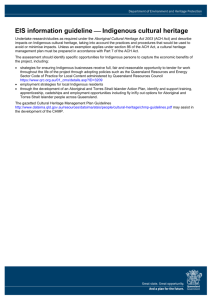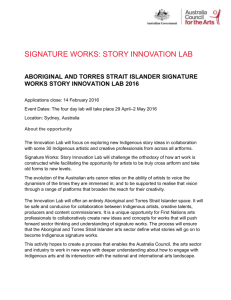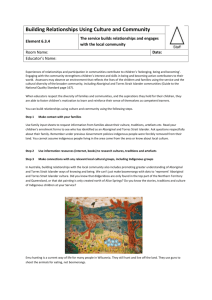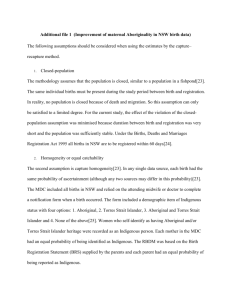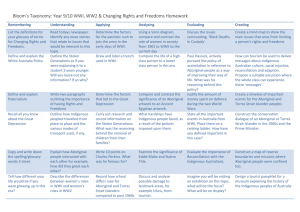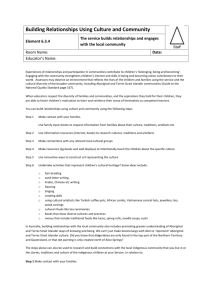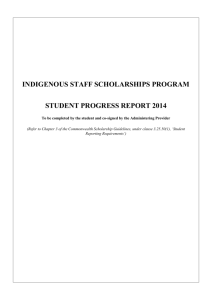Six Steps to Closing the Indigenous Mental Health Gap
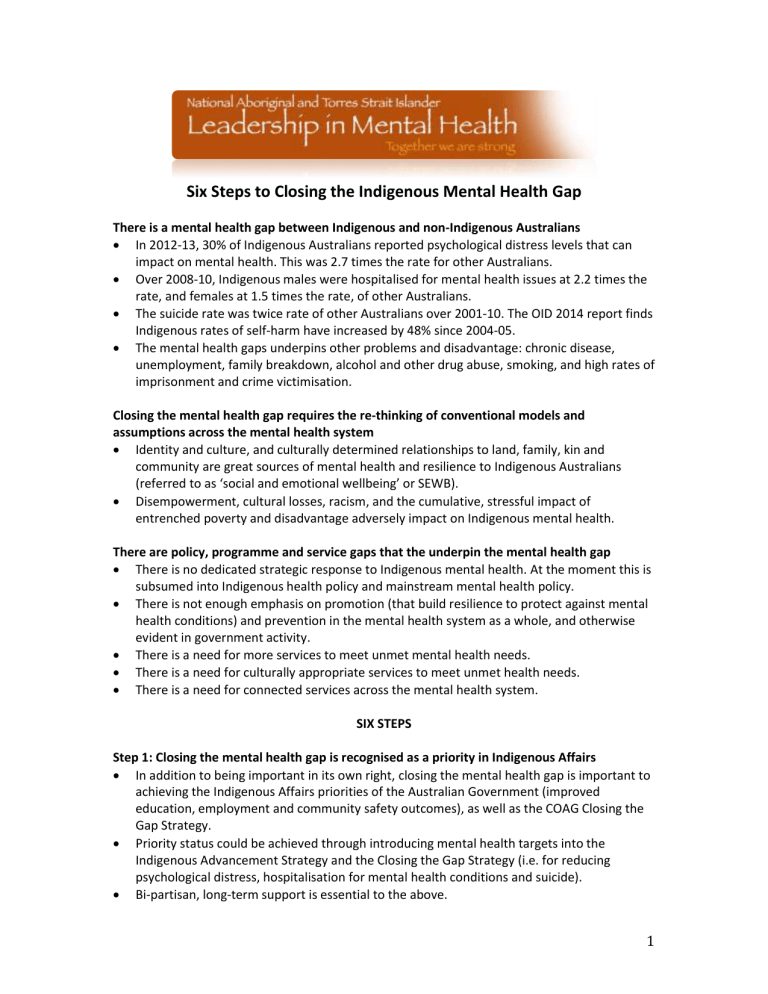
Six Steps to Closing the Indigenous Mental Health Gap
There is a mental health gap between Indigenous and non-Indigenous Australians
In 2012-13, 30% of Indigenous Australians reported psychological distress levels that can impact on mental health. This was 2.7 times the rate for other Australians.
Over 2008-10, Indigenous males were hospitalised for mental health issues at 2.2 times the rate, and females at 1.5 times the rate, of other Australians.
The suicide rate was twice rate of other Australians over 2001-10. The OID 2014 report finds
Indigenous rates of self-harm have increased by 48% since 2004-05.
The mental health gaps underpins other problems and disadvantage: chronic disease, unemployment, family breakdown, alcohol and other drug abuse, smoking, and high rates of imprisonment and crime victimisation.
Closing the mental health gap requires the re-thinking of conventional models and assumptions across the mental health system
Identity and culture, and culturally determined relationships to land, family, kin and community are great sources of mental health and resilience to Indigenous Australians
(referred to as ‘social and emotional wellbeing’ or SEWB).
Disempowerment, cultural losses, racism, and the cumulative, stressful impact of entrenched poverty and disadvantage adversely impact on Indigenous mental health.
There are policy, programme and service gaps that the underpin the mental health gap
There is no dedicated strategic response to Indigenous mental health. At the moment this is subsumed into Indigenous health policy and mainstream mental health policy.
There is not enough emphasis on promotion (that build resilience to protect against mental health conditions) and prevention in the mental health system as a whole, and otherwise evident in government activity.
There is a need for more services to meet unmet mental health needs.
There is a need for culturally appropriate services to meet unmet health needs.
There is a need for connected services across the mental health system.
SIX STEPS
Step 1: Closing the mental health gap is recognised as a priority in Indigenous Affairs
In addition to being important in its own right, closing the mental health gap is important to achieving the Indigenous Affairs priorities of the Australian Government (improved education, employment and community safety outcomes), as well as the COAG Closing the
Gap Strategy.
Priority status could be achieved through introducing mental health targets into the
Indigenous Advancement Strategy and the Closing the Gap Strategy (i.e. for reducing psychological distress, hospitalisation for mental health conditions and suicide).
Bi-partisan, long-term support is essential to the above.
1
All existing and committed mental health and suicide prevention funds (including for the
National Aboriginal and Torres Strait Islander Suicide Prevention Strategy 2013 and ATAPS) are quarantined from cuts.
Justice reinvestment principles could be used to provide some of the additional resources needed for improved mental health services, particularly for Indigenous young people.
Step 2: A dedicated plan to close the Indigenous mental health gap is developed
This should occur through the implementation of the National Strategic Framework for
Aboriginal and Torres Strait Islander Peoples’ Mental Health and Social and Emotional
Wellbeing 2014-19 alongside with the National Aboriginal and Torres Strait Islander Health
Plan 2013 – 2023, the National Aboriginal and Torres Strait Islander Suicide Prevention
Strategy 2013 and the National Aboriginal and Torres Strait Islander Peoples’ Drug Strategy.
All the above are at the development or implementation stages, and there is a risk of fragmentation and overlap. A dedicated mental health plan should ensure these are implemented in a coordinated, effective and efficient manner.
Step 3: Over time, reinvestment from expensive hospital based treatment towards primary mental health services and prevention and promotion occurs
This requires empowering, community-based solutions that are culturally appropriate and that include strengthening culture and identity.
Mental health and SEWB teams based in Aboriginal Community Controlled Health Services
(ACCHS) should provide comprehensive primary mental health care services (that include mental health promotion and prevention programs) to Indigenous communities.
Step 4: Culturally appropriate and accountable mental health services are expanded
ACCHS are the preferred vehicle for the needed expansion of primary mental health services that are culturally appropriate and able to work with a SEWB-model.
GPs and mainstream services should be required to provide a culturally appropriate primary mental health service and/or treatment when they come into contact with Indigenous
Australians.
Step 5: Indigenous Australians are supported to transition across the mental health system
A model for this is the Statewide Specialist Mental Health Services in Western Australia that are based in health and mental health services and work with Indigenous patients to ensure their culturally appropriate transition from communities to services and back to communities.
Step 6: Australian governments work in partnership with Indigenous mental health leaders, experts and stakeholders in relation to the above 5 steps.
Bodies like the Aboriginal and Torres Strait Islander Mental Health and Suicide Prevention
Advisory Group, (ATSIMHSPAG), whose mandate expired in December 2014, should continue to be supported to enable the above.
For more information about the National Aboriginal Leadership in Mental Health see natsilmh.org.au.
2
